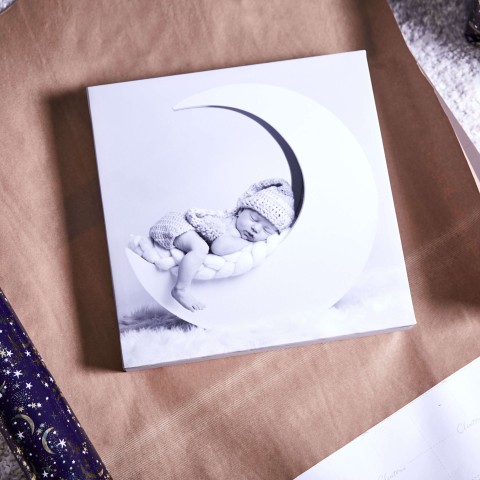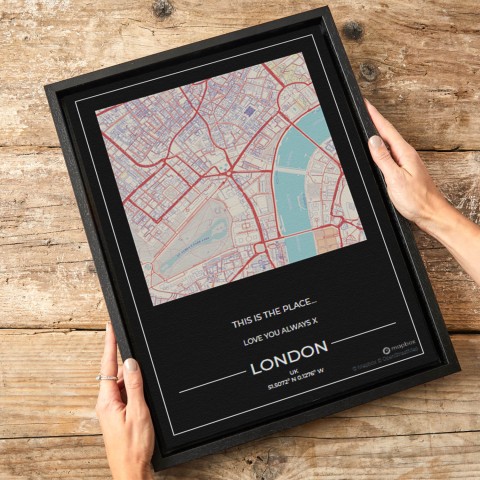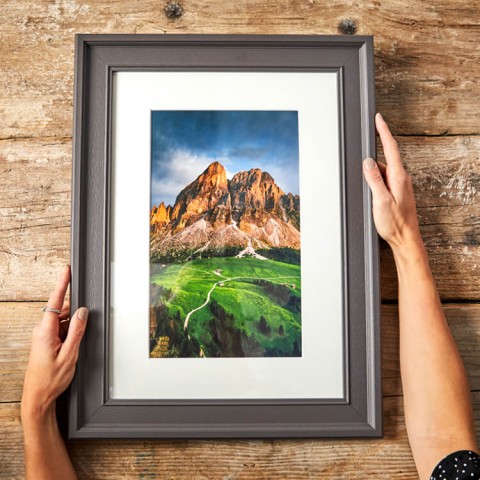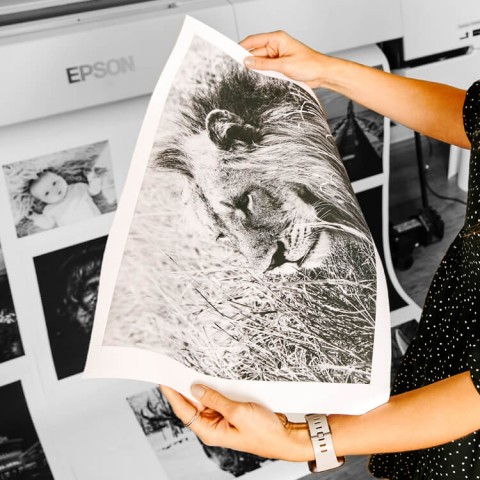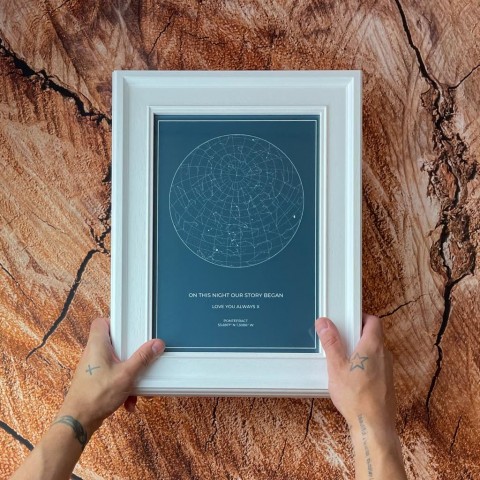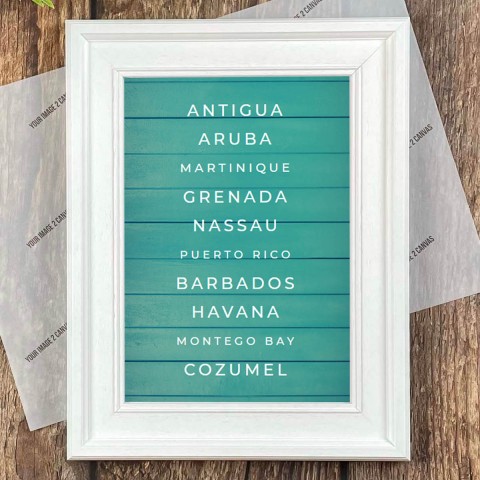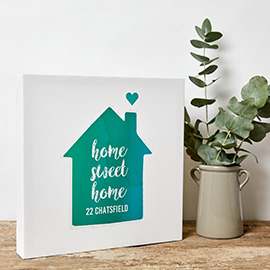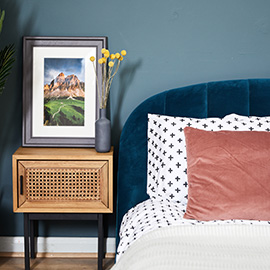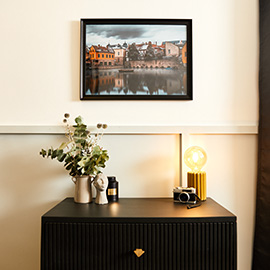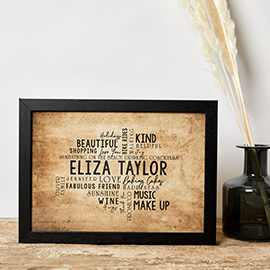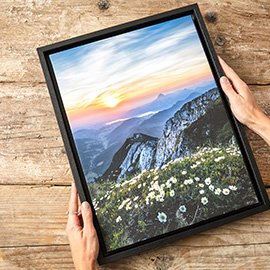Making the most of macro - close ups for your canvas
The summer months are perfect for a spot of outdoor photography, and if you're looking for a generic (rather than personal) image for canvas prints, then nature provides opportunities aplenty! When it comes to making a big impact, sometimes it pays to think small, so for a beautiful picture that will translate well to your wall, budding photographers should think macro!
From flowers and trees, to the birds and the bees (or any other insect) the British countryside is full of small beauties and beasties that offer glorious colours and detail for macro photography.
While a macro lens on a DSLR may be the preferred equipment, a good quality compact or point and click should also have an inbuilt macro feature (look for the flower logo). Macro functions or lenses enable you to get close, while the aperture increases to blur the background and get a more detailed focus on the subject. Capabilities on a compact will be limited, but with a bit of trial and error, you should still get the end result you’re looking for – remember you can also edit your photo in post-production to reframe or clip it to size.
A few basic tips for macro photography
If you are going to invest in extra equipment, make it a tripod - shake is much more likely for up-close camera work. A tripod lets you relax and line up your shot; but while this is fine for static subjects, such as flowers, you may need to encourage more lively subjects to ‘pose’. Don't be afraid of handling insects and placing them on a tree trunk or leaf - this way you can set your camera up ready and bring the object of your image to you, rather than missing out on shots while you set yourself up. A higher shutter speed can also be beneficial for reducing blur caused by movement.
Flash is also important in macro photography, as it helps to reduce shadows that can spoil the picture. If your flash is built in, then try and head out at midday, so the flash acts as a fill, while the high sun does the majority of the work. Diffusers and reflectors are also great additions to the macro photographer’s tool kit, but you need to weigh up the costs with projected use.
The most important thing to remember with macro photography is that it may require a little patience! Sure, capturing a drop of rain on a leaf or a vibrant wildflower will be fairly easy, and you'll have the time to choose your angle, background and frame - but moving objects rarely take orders to stand still, so you may need to position yourself in the most likely place to find your chosen subject and just sit it out! Ponds and riverbanks can be good locations – dragonflies, butterflies, birds and insects should be fairly prolific, so find your spot and wait for them to come to you!


